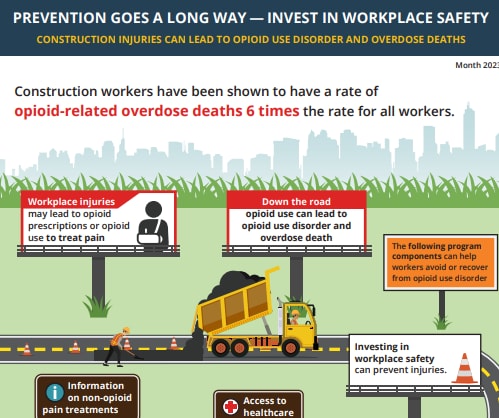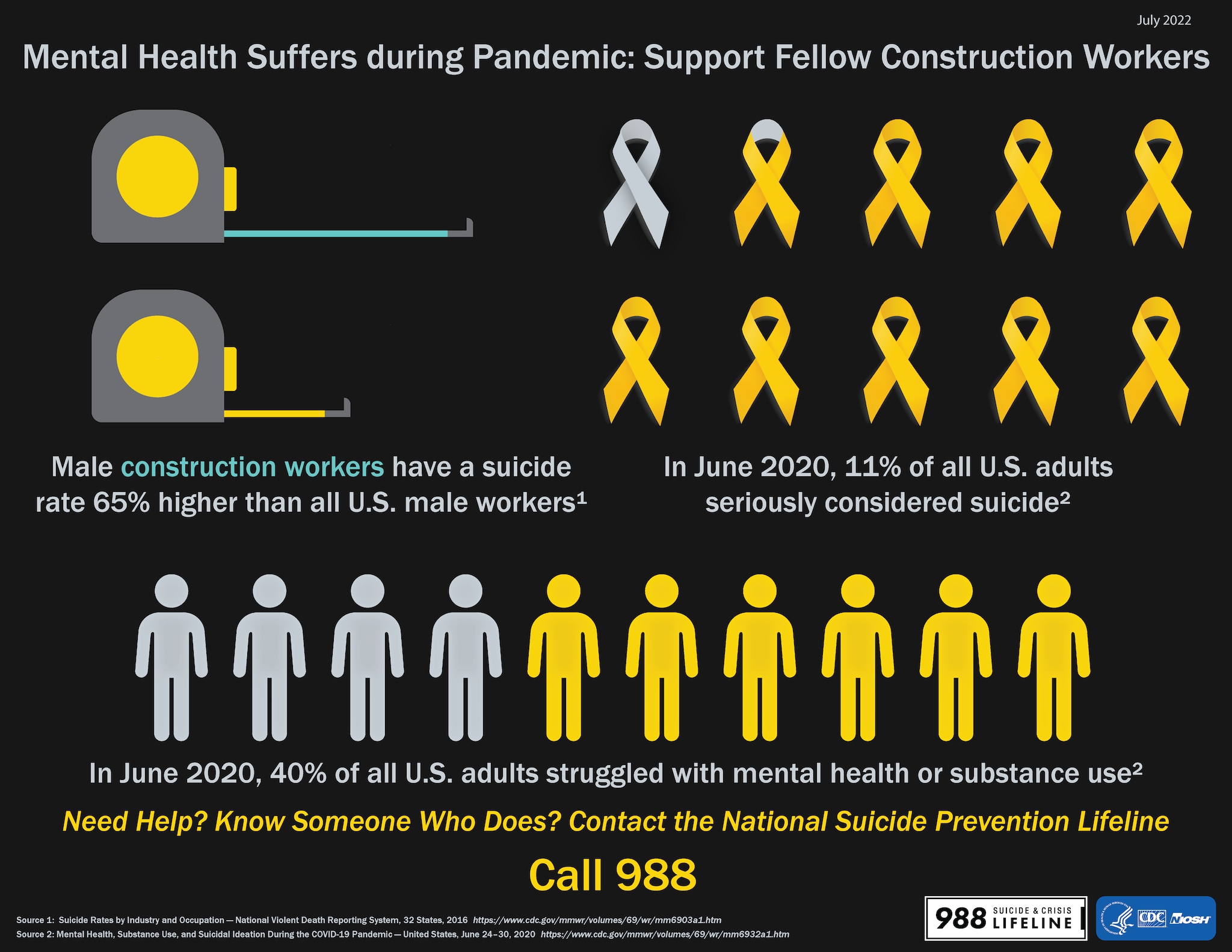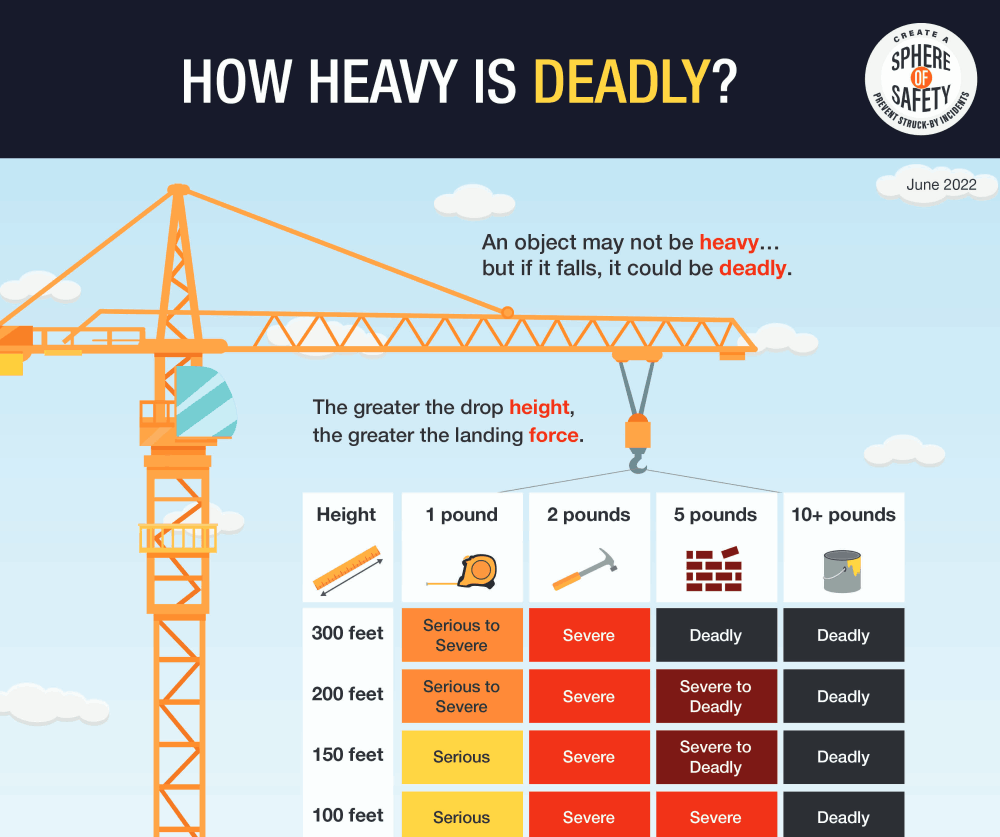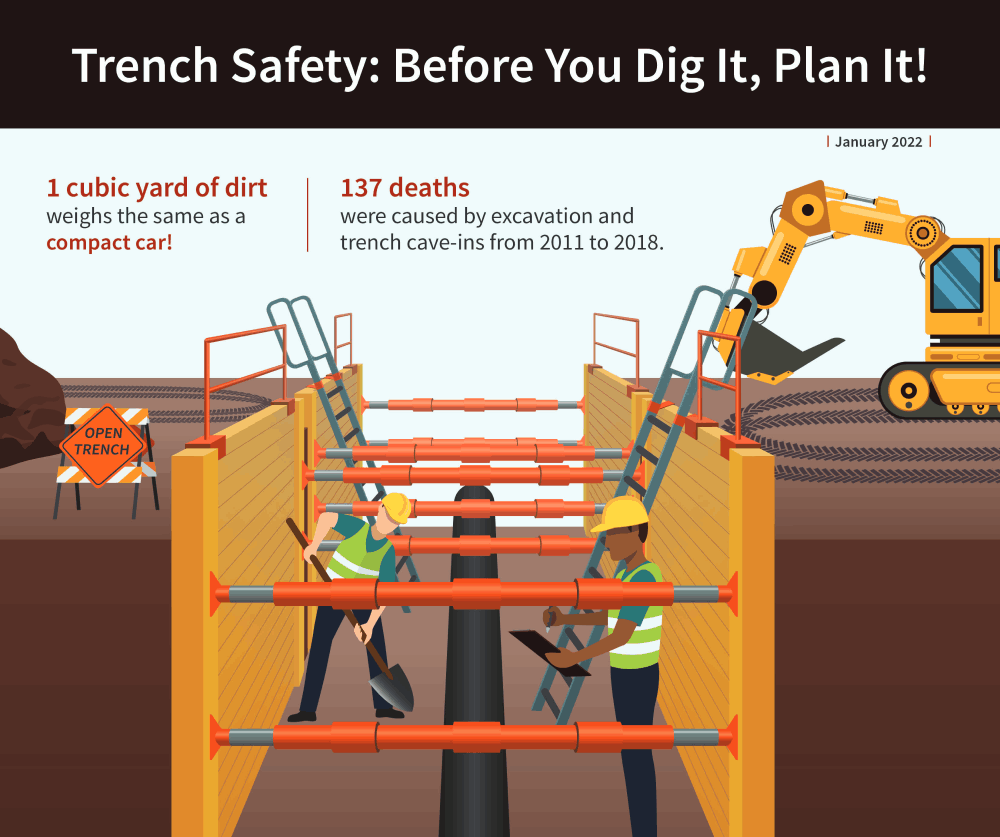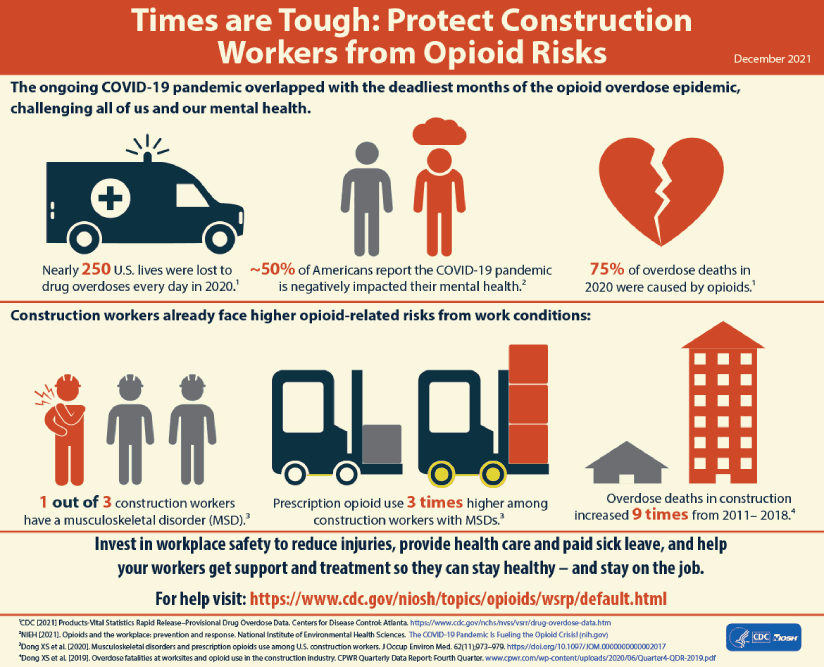Working in Construction
The NIOSH Construction Program aims to protect construction workers and prevent work-related injury, illness, disability, and death. The program gathers information, conducts scientific research, and translates the knowledge into products, solutions, and services. Using these resources can help build a sustainable construction workforce.
In 2019, 11.4 million U.S. workers were employed in construction, a 25% increase since 2011.1 Falls remain the leading cause of work-related deaths in construction, accounting for more than one in three (36.4%) of the total number of fatalities in this industry.1 For more information, see the Construction statistics page.
The NIOSH Construction program continues to respond to evolving priorities in the industry. Current topics of interest include mental health, opioid use and misuse, and safety and health disparities.
- Mental health issues are impacting construction workers at concerning rates. Opioids use and suicides have risen significantly in recent years. A variety of factors inside and outside of the workplace can negatively affect mental health, including:
- Seasonal work
- Time away from family
- Workplace injuries and chronic pain
- Lack of paid sick leave
- Demanding schedules
- Opioids have commonly been prescribed to treat pain from work-related injuries and the construction industry has some of the highest injury rates in the United States. The use of opioids can lead to substance use disorder and overdoses. Understanding the causes and risks of opioid misuse can help prevent future overdoses and deaths in the construction industry.
- Among construction workers, Hispanic and women workers make up approximately 33% and 11% of the construction industry. Hispanic immigrant workers are at higher risk of injuries than their male US-born counterparts. Issues that contribute to this safety disparity include:
- Lack of training material available in Spanish
- Fewer safety programs available in small construction businesses
- Reduced availability of personal protective equipment that fits
Find More Construction-related Topics Here or search the NIOSH site
Search for Construction Related Publications
- Electronic Library of Construction Safety and Health (eLCOSH)
- Data Resources
- NIOSH State-based Clearinghouse – can search by construction
- Fatality Assessment and Control Evaluation (FACE) Program – can search by construction
- Health Hazard Evaluation Program – request one or search by construction for past ones
- Designing a Participatory Total Worker Health® Organizational Intervention for Commercial Construction Subcontractors to Improve Worker Safety, Health, and Well-Being

